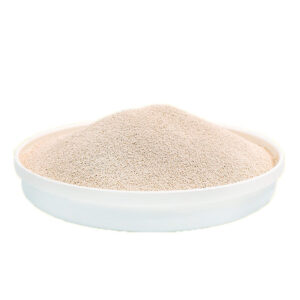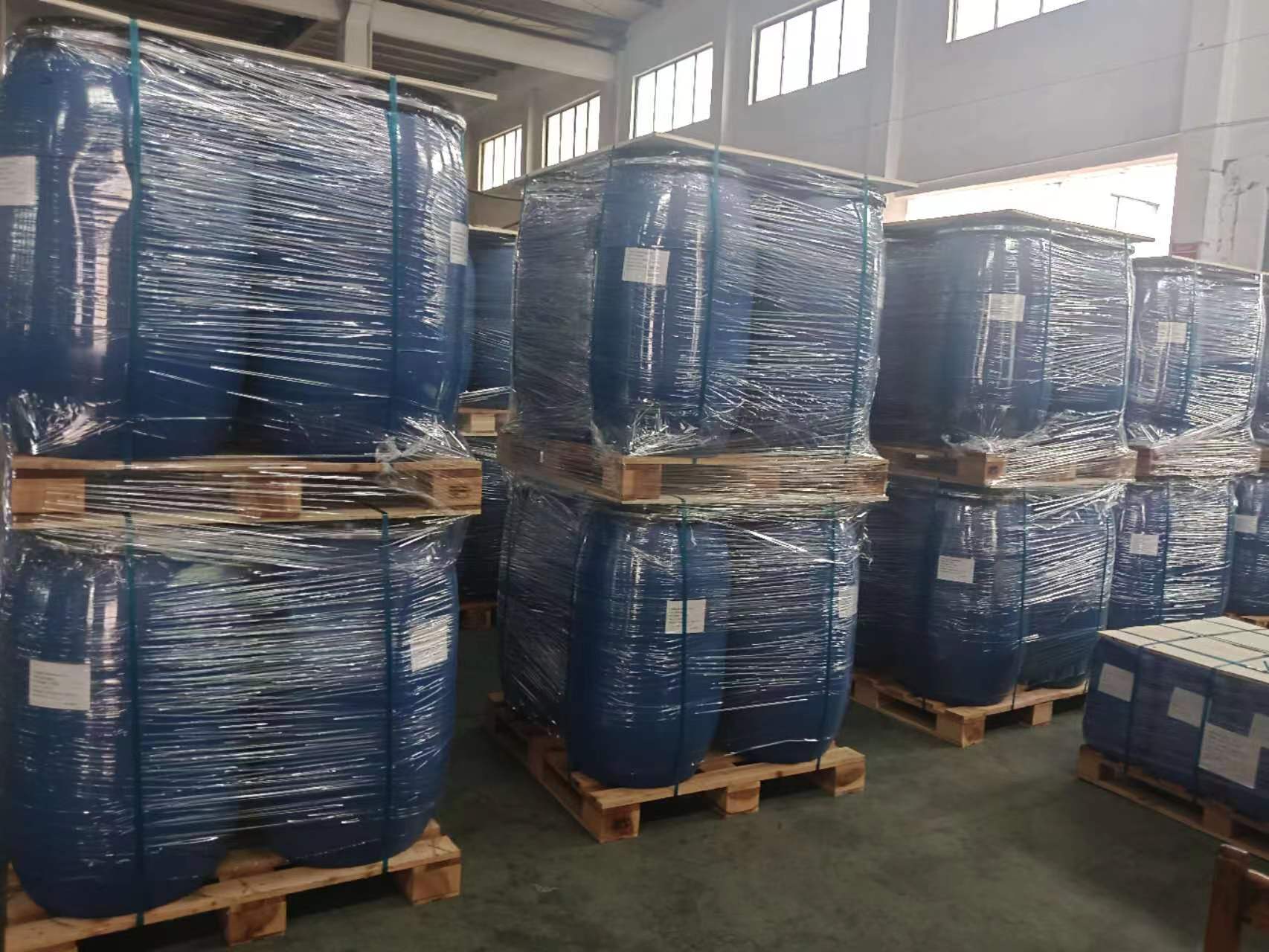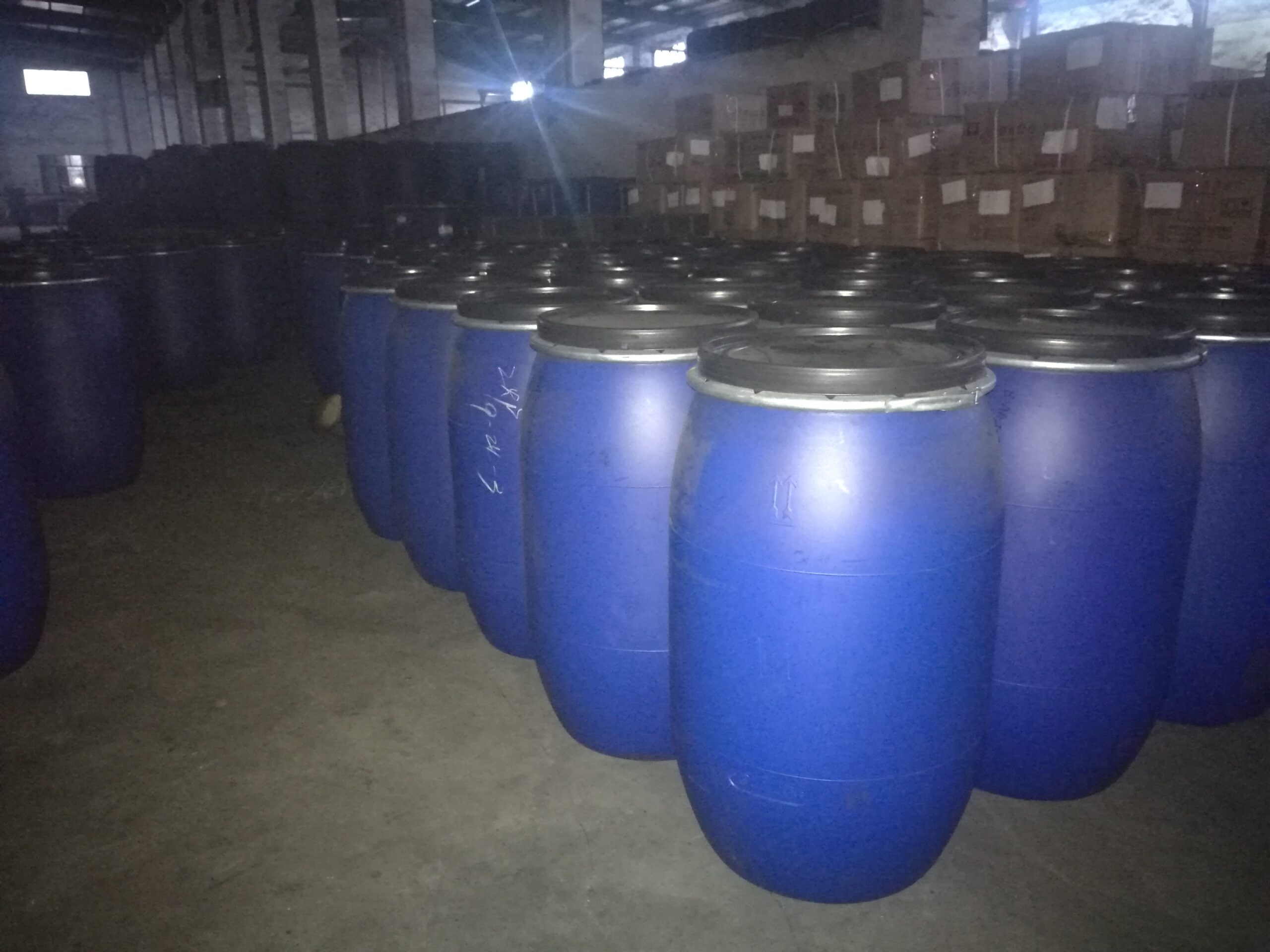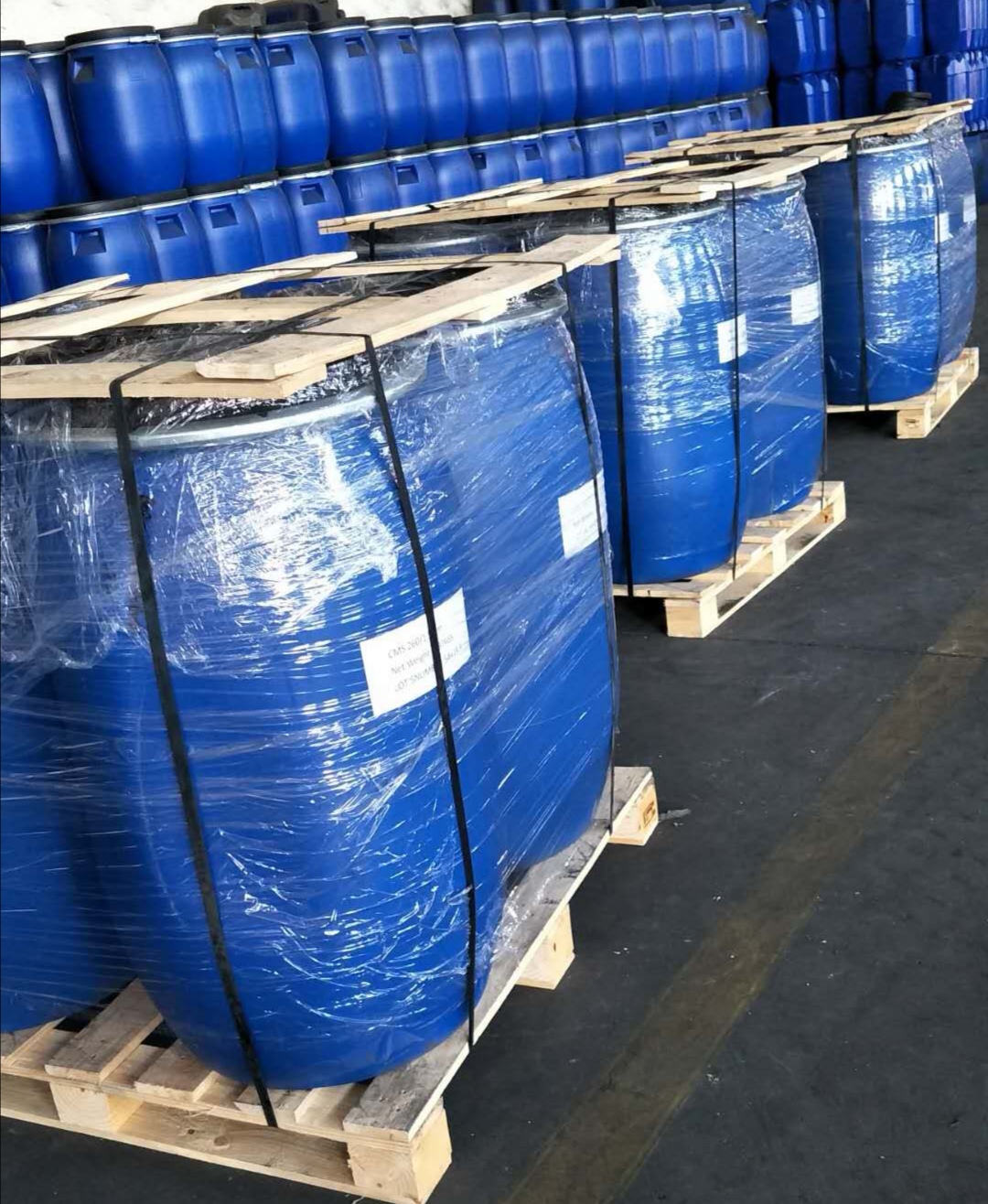What are the key factors affecting the lifespan of molecular sieves? How can the lifespan of molecular sieves be extended?
Molecular sieves, as an efficient adsorption material, are widely used in gas separation, drying, and purification fields. Their lifespan directly relates to the operating costs and production efficiency of the equipment. In practical applications, the lifespan of molecular sieves is influenced by various factors. Understanding these factors and taking corresponding measures can significantly extend their service life.

**The Relationship Between Water Absorption Capacity and Regeneration Temperature**
The core performance of molecular sieves lies in their selective adsorption capacity, especially for water.
As the number of uses increases, the adsorption capacity gradually decreases, and this performance decline is closely related to the regeneration temperature.
An excessively low regeneration temperature cannot completely remove the adsorbed substances, resulting in the accumulation of residues; while an excessively high temperature may damage the crystal structure of the molecular sieve.
Experimental data show that the optimal regeneration temperature for 3A type molecular sieves is usually between 200-300℃, for 4A type it is between 250-350℃, and for 13X type it requires 300-400℃.
Maintaining an appropriate regeneration temperature is crucial for maintaining the adsorption capacity of the molecular sieve.
The direct impact of raw gas quality on the lifespanThe impurity components in the raw gas pose a serious threat to the lifespan of molecular sieves.
Oil mist, heavy hydrocarbon substances, and acidic gases will form irreversible adsorption on the surface of the molecular sieve, permanently occupying the active sites.
In particular, oil substances not only block the pores but also carbonize during the high-temperature regeneration process, further exacerbating the performance decline.
In actual operation, the efficiency of the pre-filtering system directly affects the lifespan of the molecular sieve. The use of efficient oil removal filters, activated carbon adsorption towers, etc., as pre-treatment equipment can control the oil content in the raw gas to below 0.01 ppm, significantly extending the replacement cycle of the molecular sieve.
**Balance between Pressure Fluctuations and Mechanical Strength**
Frequent pressure changes can generate mechanical stress, causing the molecular sieve particles to break.
This physical damage not only reduces the effective adsorption area but also increases the system pressure drop.
In fixed-bed adsorption systems, the molecular sieves need to withstand pressure fluctuations of 0.5-1.0 MPa each time they are switched.
Choosing molecular sieve products with higher compressive strength (usually greater than 30 N per particle) and considering the uniformity of gas flow distribution during bed design can effectively reduce particle breakage.
At the same time, using progressive pressure regulation instead of sudden switching can also reduce mechanical shock.
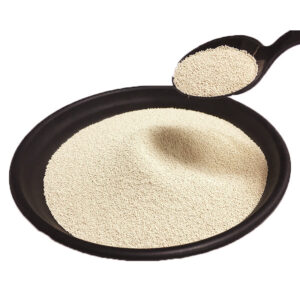
**Practical Strategies for Extending Lifespan**
Optimizing operation procedures has a significant effect on prolonging the lifespan of molecular sieves.
Firstly, ensure that each regeneration process achieves complete desorption. This can be verified by monitoring the dew point of the outgoing gas or the concentration of CO2.
Secondly, control the adsorption cycle within a reasonable range to avoid overloading and resulting breakthrough.
In practical operation, it is recommended to use 80% of the designed adsorption time as the actual operating cycle.
In addition, regularly check the changes in bed layer pressure drop. A sudden increase in pressure drop often indicates particle breakage or dust accumulation, which requires prompt handling.
The management of molecular sieve lifespan is a systematic project that requires comprehensive consideration from multiple aspects such as material selection, process design, and operation maintenance.
Through scientific analysis and meticulous operation, the lifespan of molecular sieves in industrial devices can typically be extended by 30% to 50%, significantly reducing operating costs.
It is worth noting that when the performance of the molecular sieve drops to 60% to 70% of its initial value, continuing to use it may no longer be economically viable. At this point, consideration should be given to replacing with new materials.
